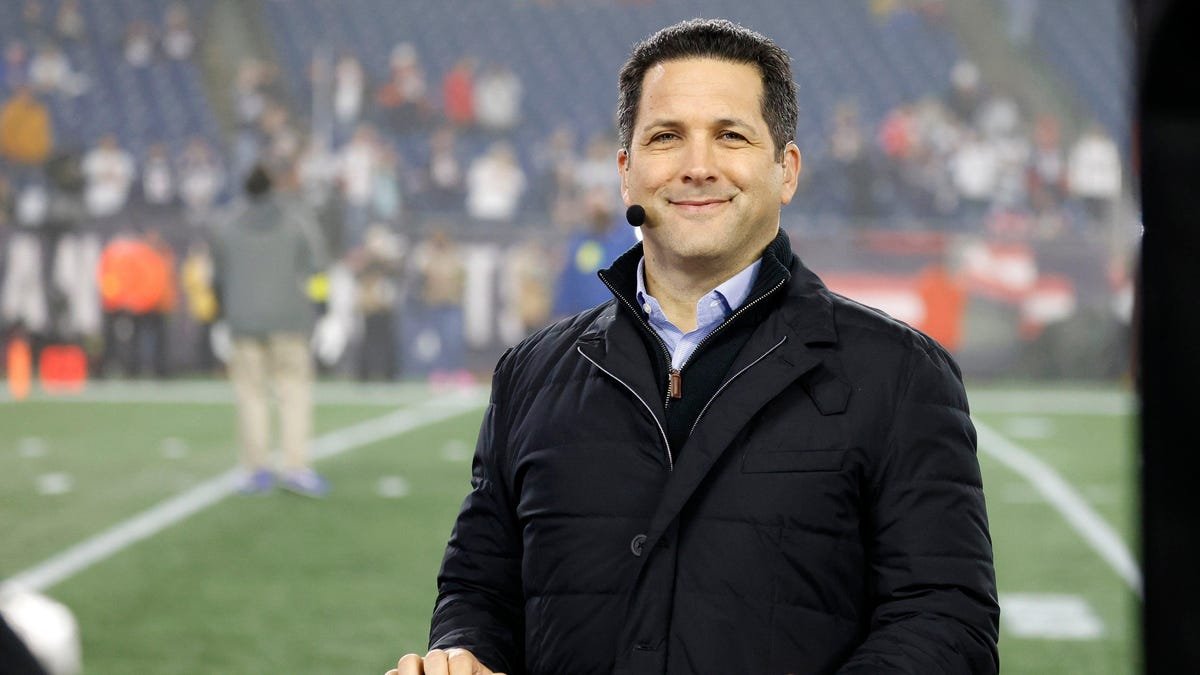We are living in an era where access to information is at an all-time high. This is especially true in the world of sports, where fans and media alike have unprecedented access to news and updates. While this may seem like a positive development, the sheer volume of information being thrown at us each day has started to have a negative impact.
In the age of 24/7 news cycles and social media, everyone wants to be the first to break a story. Reporters like Adam Schefter, Adrian Wojnarowski, and Shams Charania are paid to be at the forefront of news regarding their respective leagues. However, the pressure to be first sometimes leads to inaccuracies or premature reports. In a rush to break stories, journalists may rely on unreliable sources or jump to conclusions based on incomplete information.
Even seasoned reporters with insider connections can fall victim to false reporting. Stephen A. Smith, a prominent figure in sports media, was once fooled by a parody Twitter account and presented false information on live television. This incident serves as a reminder of the pitfalls of relying too heavily on social media for news.
The prevalence of social media has also changed the way fans interact with the sports world. Criticism and speculation are now directed at athletes, coaches, and reporters in real-time, creating a constant stream of scrutiny. This level of access and immediacy has become the new normal for many people who have grown up with social media as a primary source of information.
Looking back just 25 years, the landscape of sports media was vastly different. Without platforms like Twitter, Instagram, or TikTok, news and rumors spread at a much slower pace. Stories like the potential LeBron James trade to Golden State would have never gained traction in the pre-social media era. The speed at which information travels today has led to a culture of instant analysis and speculation, even for stories that turn out to be false or unsubstantiated.
As the demand for up-to-the-minute news continues to grow, accuracy can sometimes take a back seat to being the first to report a story. This mentality has permeated the sports media industry, leading to a constant race to break news and capture audience attention. In this era of information overload, it’s more important than ever for consumers to approach news with a critical eye and a healthy dose of skepticism. The abundance of access can be a double-edged sword, and it’s up to individuals to navigate the landscape of sports media with caution and discernment.





